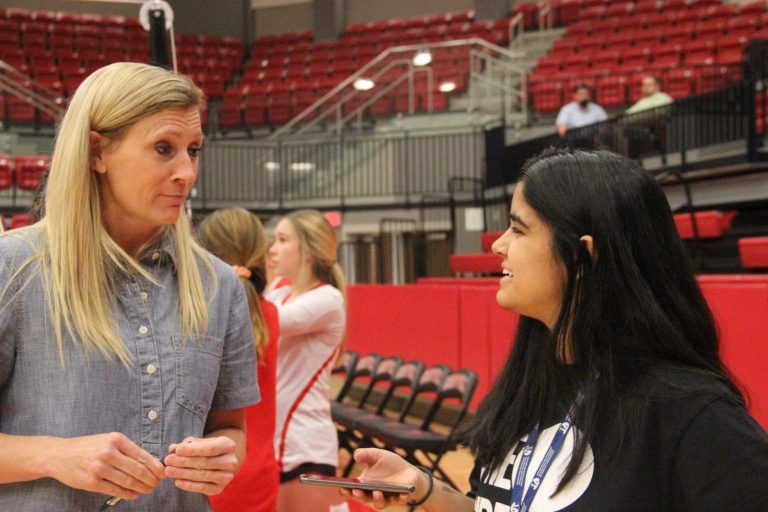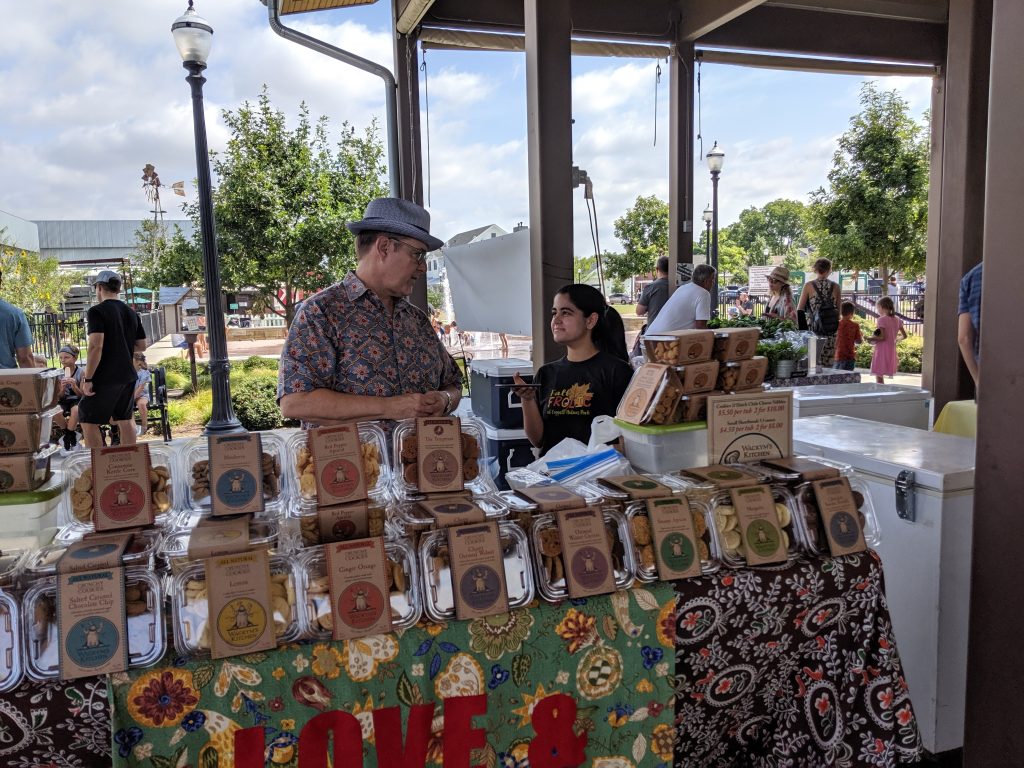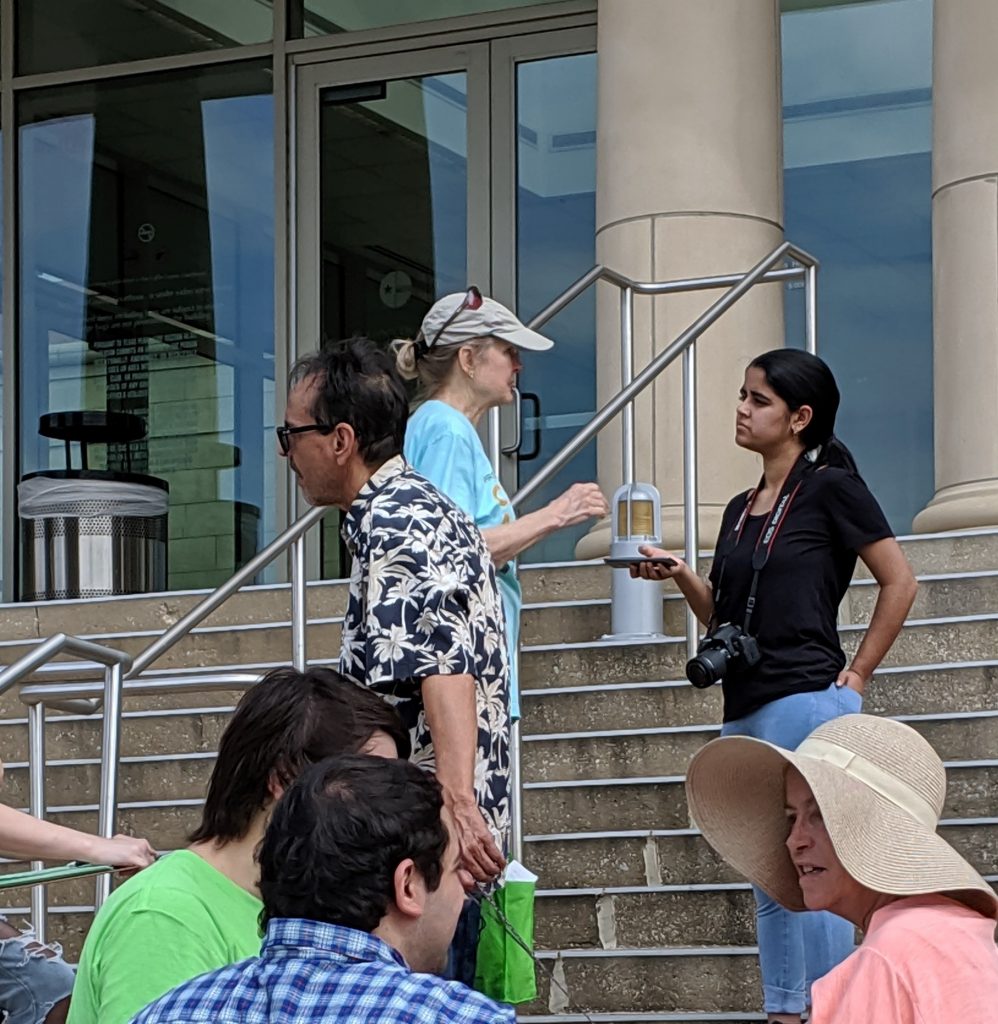
Sitting on the hardwood floor in my living room, staring out a window at the empty cul-de-sac on a sunny afternoon, I interviewed a local restaurant owner, who relayed his experience laying off the majority of his tight-knit staff due to the coronavirus pandemic to me over the phone. Not my typical interview. Then again, the time we’re living in doesn’t feel ‘typical’ either.
When spring break faded into social distancing and distanced learning instead of the final quarter of the school year, I took on breaking news assignments. I published stories on the cancellations of SAT/ACT, IB, and STAAR exams, as well as graduation on coppellstudentmedia.com, my school newspaper’s website. The quick turnaround required of each story made me feel not only productive but in control, in a time where routines were changing rapidly.
The following week, I began writing the main story for our first e-edition about the one issue that the entire world was, and still is, grappling with — the coronavirus pandemic.

Writing what became a 1500-word piece that I can confidently say I am proud of took countless hours of transcribing and piecing together interviews, chasing sources and self-editing. Over the next four weeks, I learned to take an issue that pervaded every platform and routine across the globe and analyze how it affected the approximately 40,000 residents of my town – and felt more independent as a student journalist than I had ever before.
Here are five lessons I’ve learned about journalism from writing about the ways COVID-19 is changing our lives.
1) Communication is truly the key
I say this not only as a writer but also as an editor – communication is the backbone of journalism. Maintaining contact with staff members, editors, advisors and sources is the only way to continue to release meaningful content, especially when your physical newsroom sits empty.
However, stories are only meaningful if they properly explore the beliefs of their subjects in the context of an issue. The best quotes are those that reflect opinion and emotion – and you’ll extract them if your questions ask ‘how?’ and ‘why?’ The responses to these questions will allow you to use details relating to time, place, environment and emotion to create imagery and immerse readers.
Communication is the backbone of journalism. Maintaining contact with staff members, editors, advisors and sources is the only way to continue to release meaningful content, especially when your physical newsroom sits empty.
Conducting interviews by phone and email is a privilege, but not ideal for sources to be comfortable enough to share their thoughts and experiences with you. I know how the people I highlighted in my story are being affected by this pandemic, yet I am disappointed I didn’t have the opportunity to truly connect with them face-to-face and observe their body language and expressions as they spoke.
2) Don’t underestimate the power of luck and timing
Breaking news is all about timing. That’s what makes it exciting, in my opinion.
Although most of us are self-isolating in our homes, getting in contact with sources can still be difficult. There’s no guarantee that they will respond to you as quickly as you need. All you can do is give people the most time possible and have backup sources. If you’re lucky enough to get a few soundbites, make sure you’re giving yourself the time to incorporate context and a proper flow into the story.
The hours-long timeframe creates a degree of urgency that motivates you, as a journalist, to chase sources and information. While exam cancellations were not the most riveting topic, I found satisfaction in being able to contact people and get a story, complete with infographics and detailed quotes, published in such a narrow time frame. There’s something incredibly rewarding about meeting that deadline, and especially meeting it early. It means you did the work required on your part and made the story happen, but it also means timing and luck worked out in your favor.
3) Long-form storytelling, especially about a developing topic, can be painstaking
At times, it felt like all the reporting I’d done on and off staff the past two years gave me the skills and experience to write this story. Saturday mornings spent running around the Coppell Farmers’ Market asking vendors why they do what they do and afternoons spent walking to Coppell City Hall and the Cozby Library and Community Commons to cover meetings and events made me aware of the environment and people in my city. When all facilities became empty after the implementation of social distancing measures, the contrast was clear – and stark.

Ultimately, in long-form storytelling, you’re creating a finished product you want to be proud of and the time and effort you put into it are crucial to the end result. Coronavirus became all I heard about in discussions with parents and family and friends, and all I wrote and talked about, through interviews and reporting. Completing the in-depth story took countless hours of staring at the lengthening document on my laptop, listening to interview recordings and changing the order of sentences and paragraphs.
Writing it often felt frustrating and confusing, as I would wonder if I included enough or summarized too much. Using friends and editors to provide feedback and work out issues in my organization and analysis was an important part of making me proud of the final version. Don’t feel vulnerable about sharing your writing – getting second and third opinions will make you less unsure and help create a more engaging final piece.
4) No interviews go to waste
That’s right, even the ones whose quotes you don’t include in the final story.
I contacted 20 people in total for my piece, interviewed 13 and ended up including 9 in my published version. The reasons those numbers are larger than the number of sources I’ve contacted for any other story is not only because of the breadth of the issue of COVID-19 and the story, but also the fact that I had to pivot its focus.
Before spring break, coronavirus hadn’t impacted Dallas and Coppell directly and I began working on my coronavirus story by interviewing students who were changing their spring break travel plans due to the spread of the virus internationally. A week later, once school closures and a city-wide emergency had been declared, I realized those interviews would no longer be relevant to readers when the story was published a month later. Still, those student perspectives showed me how attitudes about the virus were developing and the impact of social media and panic on public opinion.
Every source you interview, no matter how disinterested or quiet they may be, teaches you to narrow your questions for the next time, include another perspective in your story, or, at the very least, gives you more knowledge about the issue than you had before.

5) Localizing an issue can transform the way you see your community
Perspective is essential to all storytelling. Journalism is about people and connecting with the people you interview and the issues you write about are how you get readers to connect to your writing.
Being in tune with school district and city leadership through weekly emails from the Coppell ISD District Superintendent, local news outlets such as the Coppell Gazette, and teachers’ and residents’ Twitter accounts allowed me to make sure my story included people and places readers care about.
[btx_quote author=”– Shivi Sharma” style=”border”]Journalism is about people and connecting with the people you interview and the issues you write about is how you get readers to connect to your writing. [/btx_quote]
I have lived in Coppell for five years, and reporting about my hometown particularly during this pandemic has given me the privilege to ‘feel the pulse’ of the community. I’m able to understand the thoughts and feelings of fellow residents and, instead of isolating myself in more ways than one, work towards creating awareness and bringing the city together.
Context is important to every story. My memories of Coppell’s annual traditions and supportive residents remind me what an innovative, vibrant city this is and continues to be. Although the summer of 2020 may be quieter than any other in Coppell’s history, that spirit remains, and I am incredibly lucky I have the privilege of continuing to capture it through journalism.




